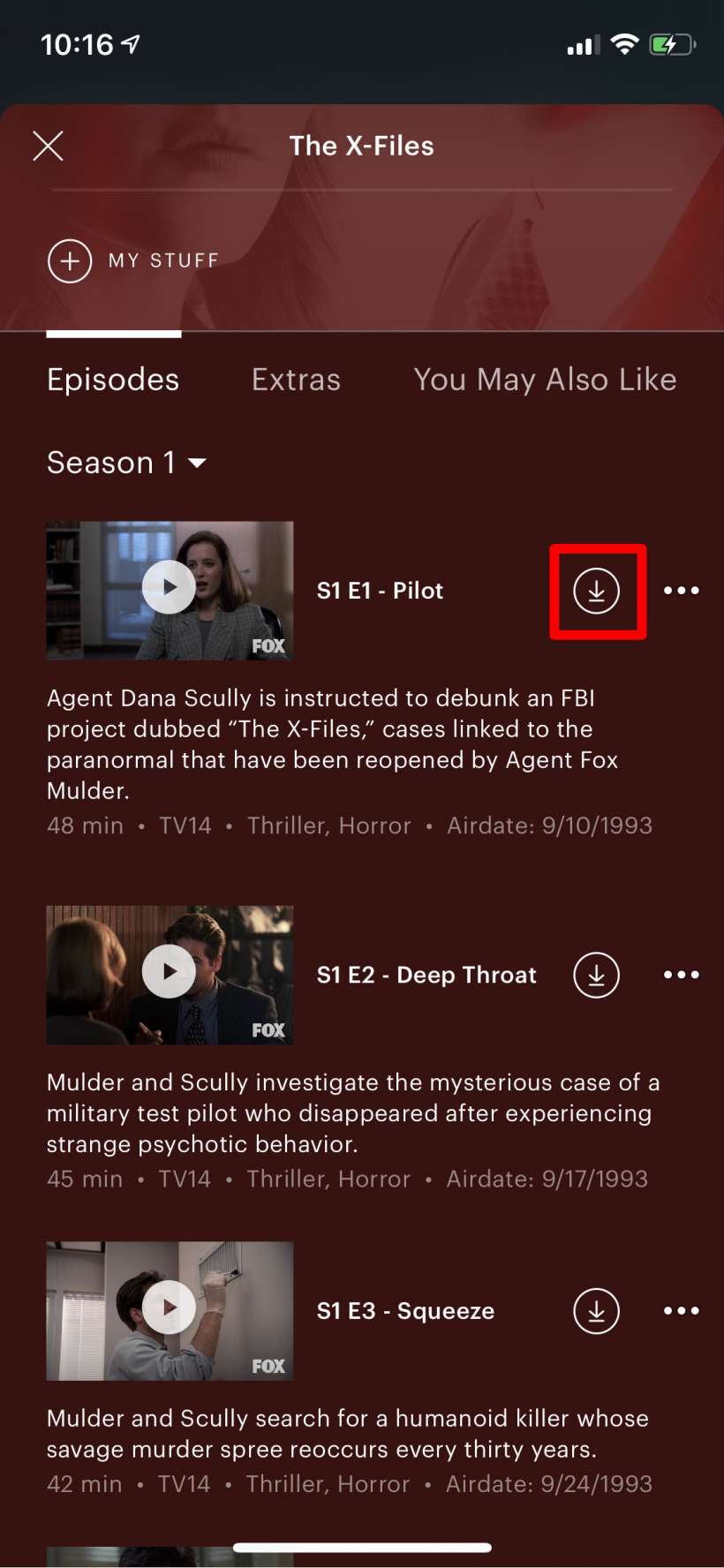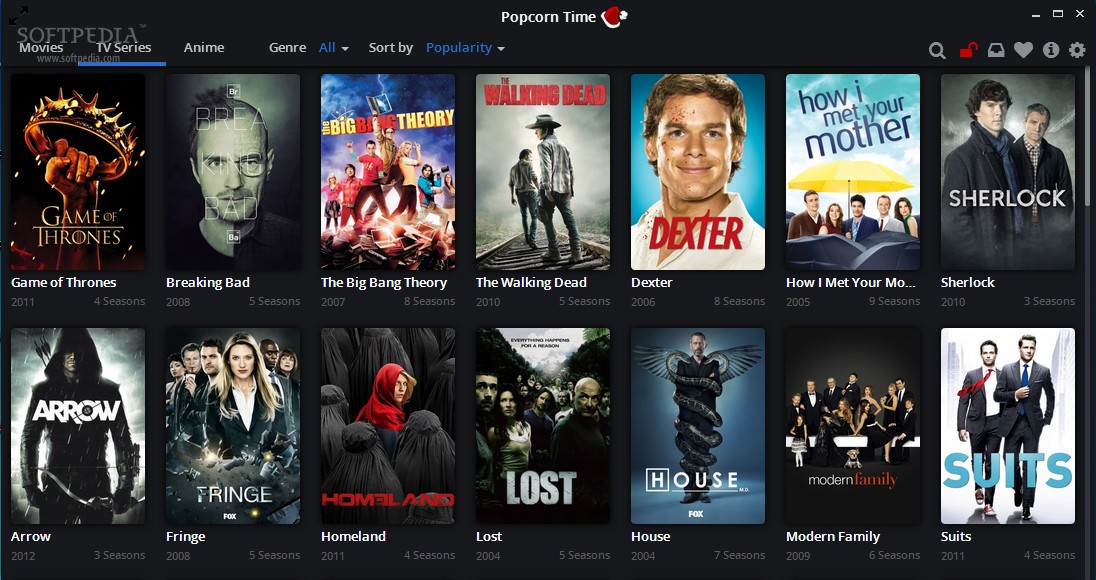
You have probably heard about the numerous shows that were cancelled. Here's a list of some. The list is not exhaustive, but it should give you an idea of what to expect if you're looking for new shows. These shows might be more than the same old comedies that have been around since years.
Y: The Last Man
Y: The last man is an American drama that will be based on Brian K. Vaughan's comic series. The series will feature survivors of a major catastrophe that has decimated most of the world. Ben Schnetzer plays Yorick, an asexual man who sets out to save the world.
It took a long while for Y. The Last Man to make it to the screen. It was repeatedly delayed. It was delayed many times by the departure of the original showrunners. The original cast was then replaced with new actors. Then, it suffered a huge setback when the show lost its star, Barry Keoghan. The series was then recast with Ben Schnetzer taking the lead role. The series was finally ready for filming after it returned to television in October.
Cowboy Bebop
The first season of Cowboy Bebop was cancelled on May 3, 2014. This was a disappointing blow to fans who had been looking forward to this anime-themed series. The series is a live version of the 1998 Japanese animated film and television series. It is a science-fiction action show with a strong female protagonist and a fascinating plot.

Netflix cancelled the live-action anime adaptation after only one season. The live action series, starring Jon Cho in the role of Spike Spiegel, received mixed reviews. James McMahon of NME was critical of the series for its lackluster character.
The Baby-Sitters Club
Netflix has cancelled The Baby-Sitters Club. While the critically-acclaimed show enjoyed a loyal fanbase and was doing well on Netflix, its ratings didn't justify a third season. Rachel Shukert, showrunner, said that the show could've reached a larger audience had it been more widely advertised. Many of the fans of the books were unaware there was an actual TV series.
The Baby-Sitters was a teen-oriented series, which aired two seasons on Netflix. It was based on the novels by Ann M. Martin and follows a group of friends as they start a baby-sitting service. This series is set in middle-school and explores the growing pains of growing older. While the show has received positive reviews, there has been a significant backlash from viewers after it was cancelled.
Woody's Roundup
Woody's Roundup ended up being an animated series. The last episode ended with Woody jumping off a cliff on Bullseye. It was originally planned to produce a concluding segment, but it was cancelled. Woody now has a purpose for his Roundup paraphernalia. He plans to sell it to Japan.
Wilson Netherspoon and Tex Tumbleweed were the stars of the series. They also contributed music and sound effects to the show. The series was set in the 1860s and featured characters who lived in a frontier town in America. Woody's Roundup was the third of three seasons, and it aired daily.

Grace & Frankie
If you're one of the many people who've been wondering why Grace & Frankie has been cancelled, you're not alone. It is not uncommon for TV shows to be cancelled without notice. Grace and Frankie is a comedy show that features a pair of friends who go on various adventures in a small town. It was created by Howard J. Morris and Marty Kauffman and was originally set to air on Netflix.
Grace and Frankie fans were disappointed to hear that the show was cancelled despite it being a hit on Netflix. This was largely due to a similar storyline to the transgender sitcom Transparent, which centers on an older woman coming out. After the cancellation was announced in 2019, Grace and Frankie released statements.
FAQ
How do ads influence consumer behavior?
Two major ways advertiser behavior can be influenced by consumers are:
-
Advertisements can cause us to associate certain brands with certain things. We might, for example, think that McDonald's hamburgers are better than Burger King's when we see an advertisement from McDonald's.
-
Advertisements show us how to behave. A commercial might tell us to visit a store in order to purchase a car.
How TV ads are measured?
Advertising companies measure the effectiveness of their ads by counting how many people view them. They also gauge whether their ads have reached their target markets.
They use surveys to find out if viewers remember seeing the ads. If they answered yes, they are sure they saw the ad.
If they say no, they know they weren't exposed to the ad. This indicates how effective the ad reached its target market.
What Is a TV Spot?
A TV spot (usually 30 seconds) is an advertisement that is shown between the programming segments of a television channel.
Most channels will show several TV spots each day. Each TV spot will typically focus on a single topic or theme. These spots are often intended to promote a company or brand.
Television commercials can not only be used to promote products and services, but they can also serve to promote political campaigns, charities, events, movies, music videos, and other charitable causes.
Does TV affect sales?
TV affects sales because it allows consumers to see what products are available.
Consumers often compare prices before buying something. Consumers often compare prices before buying a product.
Statistics
- With OTT ad revenue set to increase from 45% to 60% over the next decade, AdTech pioneers and early adopters of OTT advertising will reap its benefits in the near future. (clearcode.cc)
- Video-ad views on OTT (over-the-top) devices grew 63% year over year in Q3 2016, and the trend is expected to continue, further crippling traditional TV advertising. (clearcode.cc)
- Television is a great brand awareness tool - Almost every American has a television, with 83 percent of adults having two or more, and American households keep their televisions on for 8.1 hours each day on average. (marketingevolution.com)
- This includes 97 percent of Gen X, and 95 percent of Millennials. (marketingevolution.com)
- In fact, when the ad first launched, Dos Equis quickly became one of the fastest-growing beers, increasing its sales by over 22%. (qualitylogoproducts.com)
External Links
How To
How can I make money from my TV commercial?
There are many ways to make money with your TV commercial. These include:
Advertising - Any paid promotion that encourages viewers or makes them watch your commercial.
Merchandising - This refers to selling merchandise related to your product after watching your commercial.
Licensing - This refers to licensing your commercial so that other businesses can use it in their own promotions.
Syndication- This refers syndicating your commercial to other network.
Advertising revenue can pay production costs. It can also provide funding for future projects.
Advertising can bring in significant income but it does not guarantee a return.
First, determine the type of advertising you are interested in before you start making money on your TV commercial. After that, you need to know more about each one before making a choice.
Next, decide where you want to place your commercial. For example, do you want to advertise during popular programs such as sitcoms or sports games? Or perhaps you'd prefer to target younger demographics by placing your commercial near children's shows.
The final decision is whether to make your own commercials or buy one from a distributor. If you are planning to create your own commercial you will need to find a professional who can script the production, direct the actors, and edit it. A pre-made commercial will save you time and money.
You should decide how you want your commercial to look after that. Then, start looking at other options. Here are some considerations when choosing an advertising method.
Target Audience- This is one of the most popular ways to advertise. You could advertise to children, teens, young adults or women over 50.
The key here is finding the right audience for your commercial. You don't want your advertising dollars to go to people who won't be interested in your product.
Placement - You need to consider how many people are likely to see the ad when you decide where to put it. For example, if your advertisement is to be seen during a sporting event you might place it at the beginning. This will ensure that everyone who attends the event sees your commercial.
If you want to reach people outside your local area, however, you might need to look elsewhere. To broadcast your commercial to a wider audience you could use satellite dishes or cable television.
Production Costs: Most companies pay between $5,000 and $10,000 for each minute of commercial television. Advertisers pay a fee based the length of the spot in order to cover this cost.
One example is that a company may want to air commercial airtime for 30 second. Typically, this will cost $1,500. They will be charged $2,500 to run for 60 minutes.
You can expect to spend between $3,000 and $15,000. If you want to create your own commercials. You will also need to hire a writer, producer, editor and actor.
Time Frame - Another factor to consider when choosing an advertising method is the amount of time you have to complete it. If you have a goal to sell products in one week, it won't make sense to wait until the Super Bowl before airing commercials. Choose a fast advertising method instead.
You will need to spend a lot time and effort to create a commercial that is effective for long-term exposure.
Cost Per Viewer - Finally, you should consider what it costs to view each person's commercial. It depends on how many views you receive and the size of your audience.
An example: A commercial with 10,000,000 viewers will be more expensive than a one-minute commercial with just 1,000 views.
To decide which option is the best, compare all of these variables. The following tips can be used to help you get started after you have chosen a strategy.